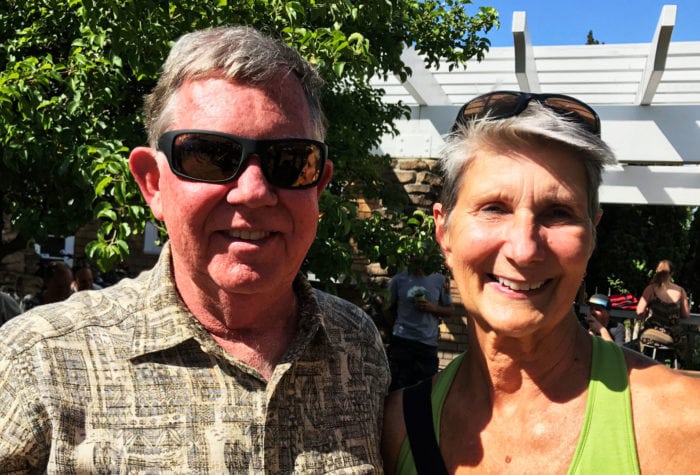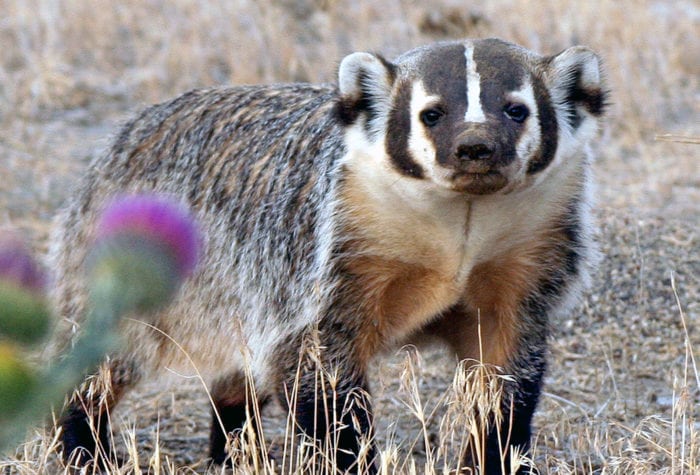Normally, the financial benefits that travelers from larger urban centers bring are welcomed in the gateway communities that serve as re-supply points for gas, food and other provisions. Today, there’s the risk that travelers could bring an unwelcome visitor if they unknowingly carry COVID-19 into rural communities. Please be mindful that rural communities might have less access to healthcare or extra supplies to restock their local stores or home storage shelves.
We feel strongly that spending time outside is positive for everyone’s physical and mental wellness, and we want to encourage everyone to channel their desires to be outside toward the safest possible activities. You might choose to go for a walk in your nearest open space or natural area, or relish your yard. Pick your outdoor partners wisely and do not carpool.
Being prudent may mean postponing any trip to eastern Oregon until the worst of this current health care crisis passes. In that case, this is a great time to flip through your Wild Desert Calendar, listen to our online collection of desert soundscapes, read inspirational stories about our desert conservation community and peruse our online Visitor’s Guides to plan for future excursions once our community health risks are lower.
If you do head out, take extra care to bring your own food and supplies, pack out your waste, and continue to be vigilant about your personal care, especially handwashing. Traveling to Oregon’s high desert always demands a level of self-sufficiency, but never more so than now. Just as you would check the weather or road conditions before heading out, add the CDC updates and Oregon Health Authority updates to the resources you are checking.
At Oregon Natural Desert Association, we are taking recommendations from health care professionals seriously and prioritizing the health and safety of our entire community. Keep up that vigorous hand-washing and check in with your friends, family and neighbors to see what assistance you can provide. Thank you for standing with our desert conservation community as we prioritize the health of each and every person.

